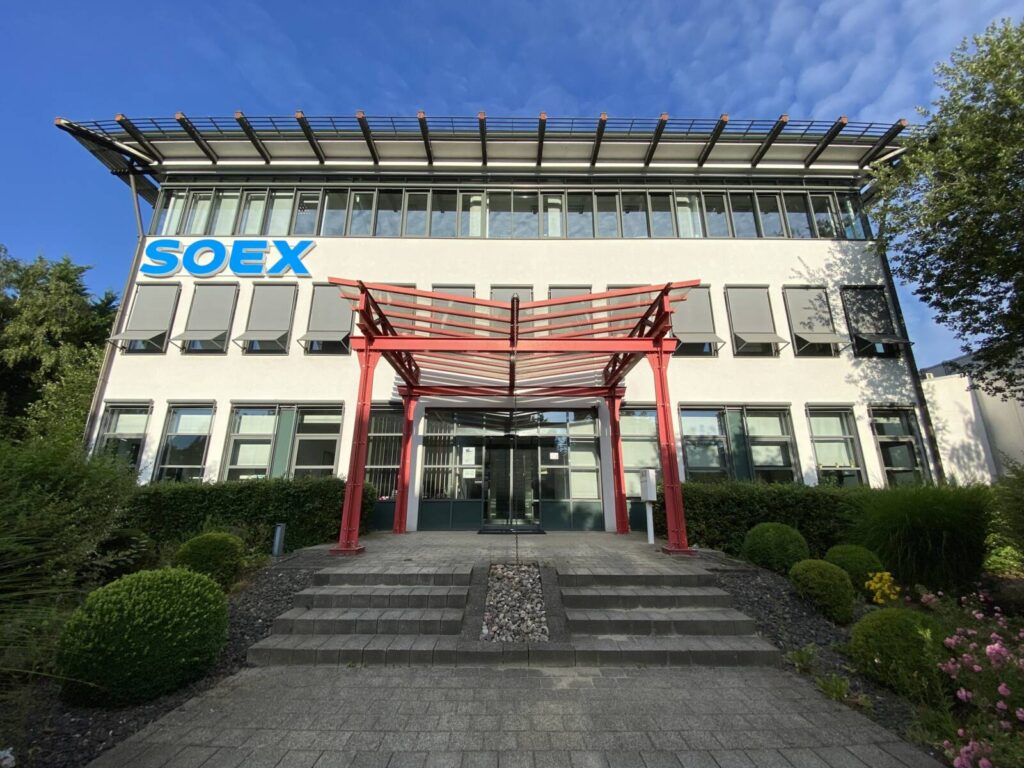Fast approaching landfill diversion targets in 2013 and 2020, alongside the rising costs of landfilling, mean that doing more with our waste makes both economic and environmental sense. Whats more, if we manage our waste more intelligently than just meeting landfill diversion targets alone, we can use it to provide resource and energy security. But to do this, we need to invest 8 billion in the UKs waste infrastructure.

8 billion is difficult to come by, particularly so with the current barriers of restricted public sector spending, the fall in bank lending and the inherent risk in waste infrastructure projects. So how can we possibly ensure that such a substantial investment is made?
The Associate Parliamentary Sustainable Resource Group, which I co-chair, has produced a timely report into overcoming these barriers: Rubbish to Resource: Financing New Waste Infrastructure. The report makes it clear that policy certainty, investor confidence and risk mitigation can secure necessary investment in waste infrastructure.
The complex myriad of government departments currently involved in waste and its related policy areas causes confusion and uncertainty for investors. Therefore one of the reports recommendations is that Government should form a committee, rooted within the Cabinet Office, to ensure that any policy output affecting waste is able to produce a harmonious voice on waste policy. This would help to encourage investor confidence by providing waste policy stability.
Renewable energy incentives
Moreover, it is crucial that waste infrastructure projects are able to benefit fully from renewable energy incentives, in order that they can fully contribute to the low carbon economy. But at present, investors and developers view the often unstable support from renewable energy incentives with caution. To ameliorate this situation, waste infrastructure projects should qualify for these incentives at financial close, with the financial support guaranteed for the lifetime of the project.
Meanwhile, a waste supply that is not guaranteed is preventing the building of more commercial and industrial waste capacity; something the Government is keen to see progressed.
This represents a real opportunity for us to make full use of one of the Green Investment Banks strategic priorities: to alleviate market risk aversion in the waste sector. A Green Investment Bank guarantee, which would underwrite commercial and industrial waste supply risk combined with a local authority waste contract, as an anchor, could enable the development of hybrid facilities. Such a proposal would enable a pipeline of commercial and industrial waste capacity to be built. To make these facilities and future local authority projects more deliverable, local authorities should explore taking on more off-take risk.
Cost of capital
As the report notes, we need to examine and employ methods which take us away from the traditional project finance structure, to ensure the deliverability of waste infrastructure projects. To fulfil this end, three options which lower the cost of capital, deleverage senior debt and increase equity contributions are recommended.
This report provides us with a range of pragmatic measures which the Government, local authorities, the waste industry can embrace to stimulate the necessary investment in, and building of waste infrastructure. We need to ensure that waste has a prominent role in the Governments green growth agenda.
The APSRG report can be found here









Subscribe for free